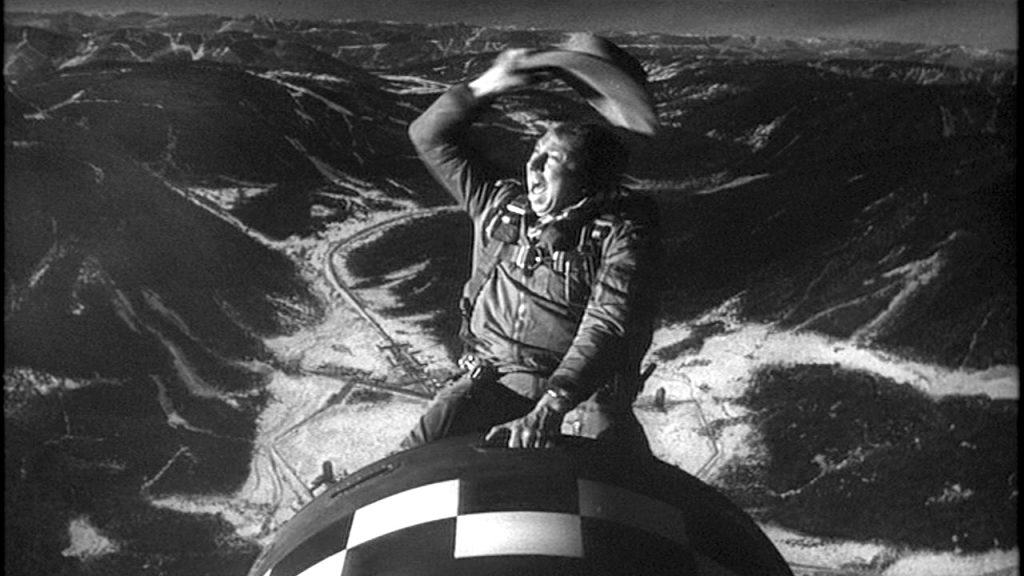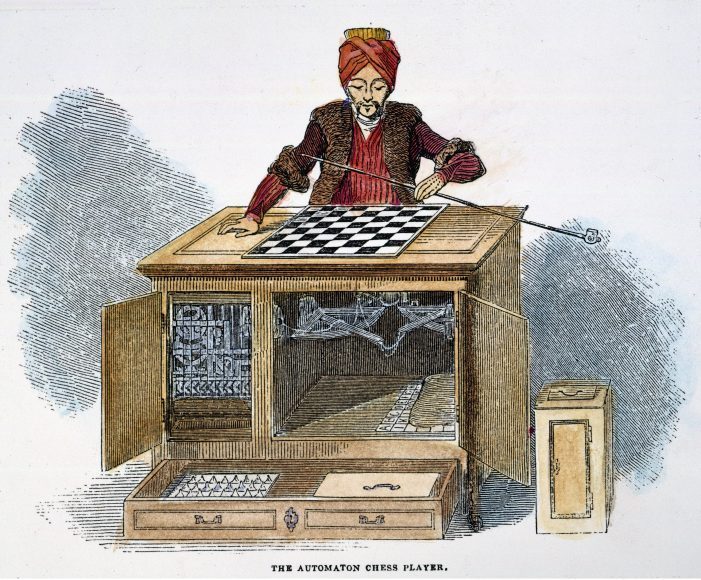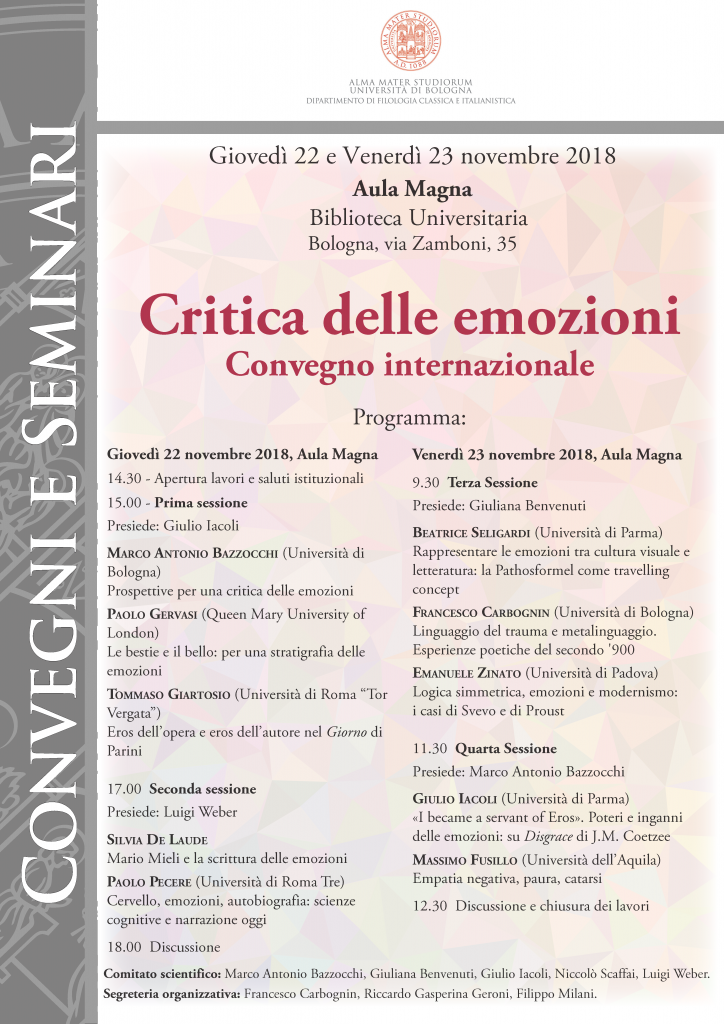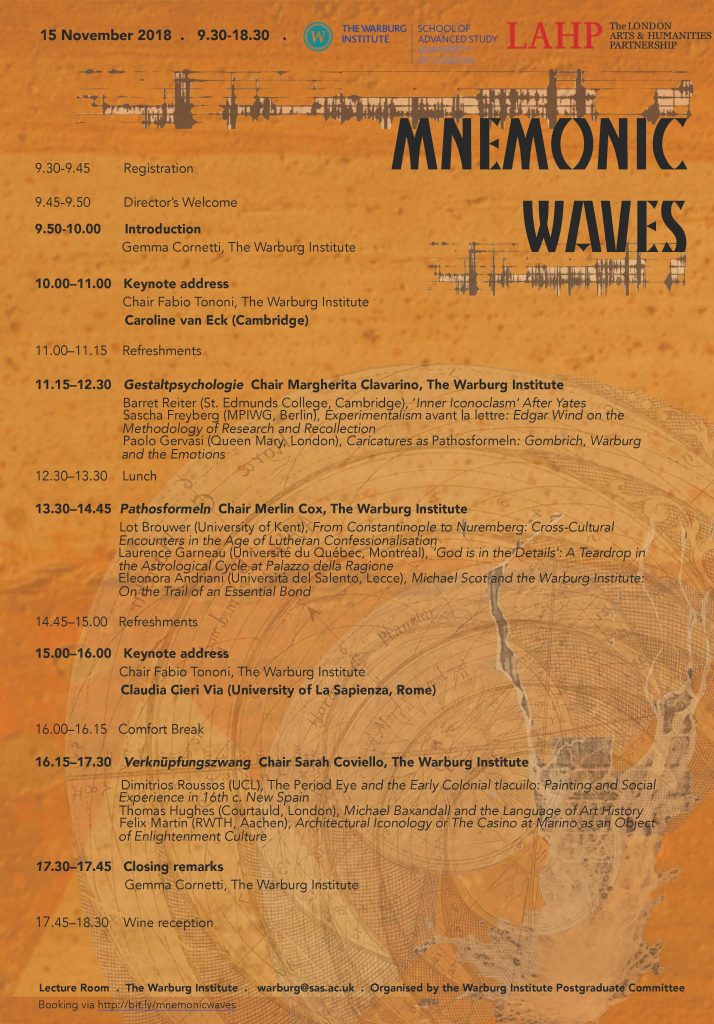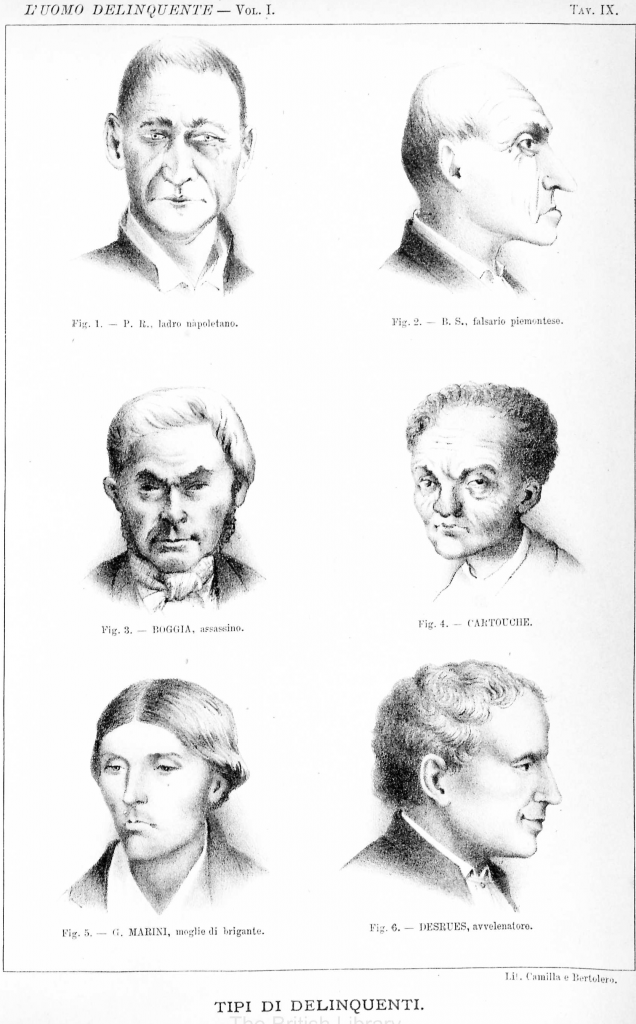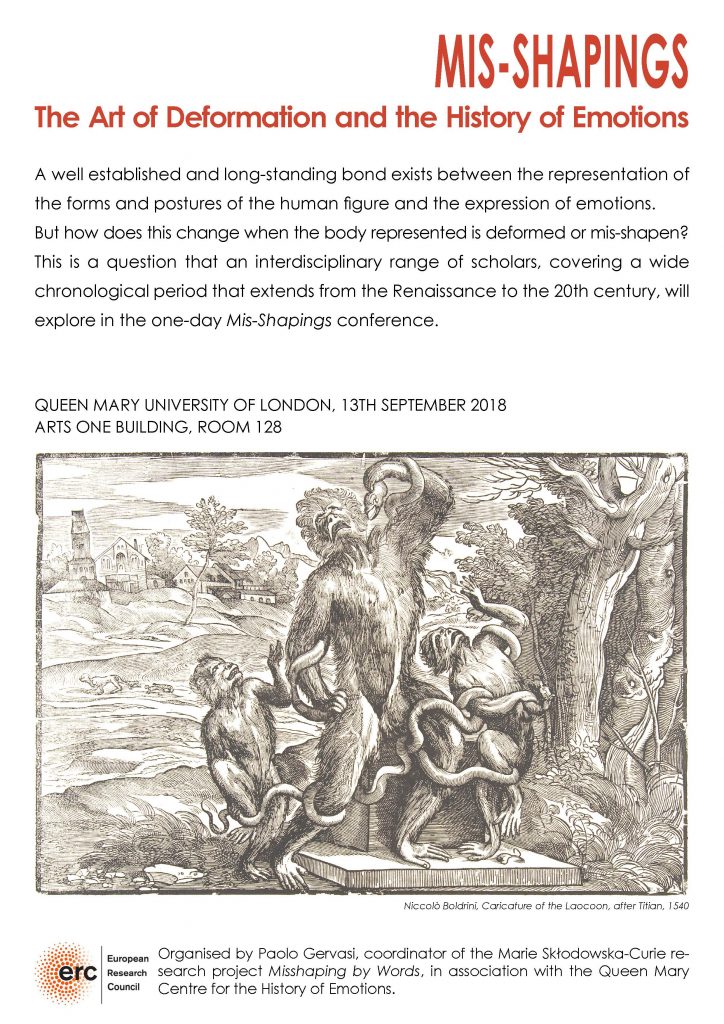Since my research period is over, with this post I finish the misshaping by words blog publications. The blog will still be available at this link, hosted within the QMUL platform, as a record of the work I was able to do in collaboration and in dialogue with the wonderful staff of the School of History of Queen Mary University. At the same time, I’m migrating all the materials to my new blog, Zoom Out, where I’ll continue publishing texts and materials related to my research work, albeit in a slightly different perspective.
My greetings will consist in the words of Ernst Gombrich, who comments on a satirical image published in the UK during the last war, a modest little pocket cartoon that shows Goebbels watching Hitler going to bed and discovering that he really has the hooves of the Devil. “Himmel”, he is made to exclaim, “I thought Curchill meant it as a figure of speech”. I wonder, Gombrich comments, if we would be tickled if we did not sense for a split second that after all there may be some kind of reality behind the metaphor.

